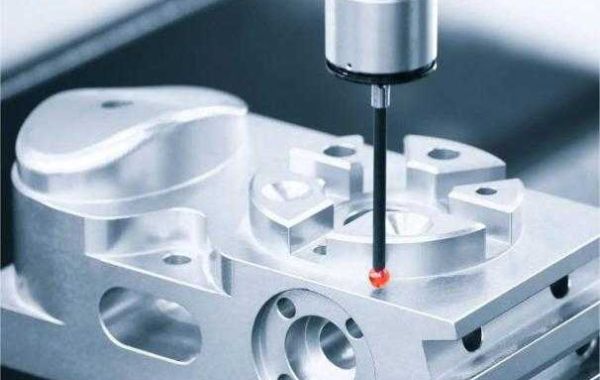A CNC milling machine's number of axes is frequently a defining feature. Companies can move their tools and/or workpieces in more ways using more axes, increasing their cutting versatility and enabling them to produce more complicated components faster.
3-axis
With three-axis machining, the workpiece is supposed to remain stationary as the cutting tool removes material along the XYZ plane. This is effective for parts that don't require a lot of depth or complexity.
4-axis
When a workpiece is processed on a four-axis machine, it is done so similarly to how it would be on a three-axis machine, but with an additional rotation around the X axis, or the "A axis." This rotation allows the workpiece to be cut around the B axis. This method is useful when a workpiece needs holes or cuts on the sides. By adding a fourth axis (the A axis), a workpiece can be automatically flipped over so that the machine can remove material from both sides.
5-axis
The definition of five-axis machining is that a workpiece may be automatically moved simultaneously in five separate directions. In addition to automatically moving along the X, Y, and Z axes, 5 axis CNC machines can select which two of the three rotational axes (A, B, and C) to use. The A, B, and C axes rotate the X, Y, and Z axes by 180 degrees each. This type of machining is utilized by the marine, aerospace, and automobile industries. For extremely complex solid components that would otherwise require to be cast, application is frequently utilized. Although it takes more time to prepare the CNC programming for complex rotatory movement, five axis machining enables one object to be machined on all five sides at once.
The above are the various forms of CNC milling.More axes allow for the creation of more complicated pieces. Milling is typically the best option if your CNC project calls for irregular forms.







